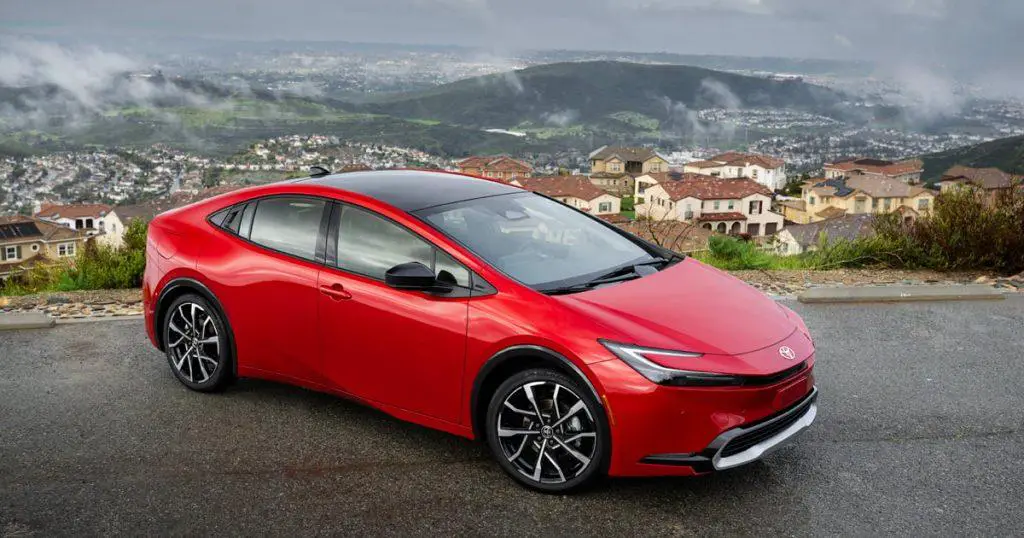The Transformation of the Automotive Industry: Electric Vehicle Categories
1. Hybrid Vehicles (HEVs)
Powertrain: Hybrid vehicles are equipped with both an internal combustion engine (ICE) and an electric motor, which work together to power the vehicle.

Operation: HEVs utilize the electric motor for lower speeds and lighter driving conditions, while the combustion engine is engaged for higher speeds and rapid acceleration.
Advantages of Hybrid Vehicles
| Improved Fuel Efficiency: | HEVs are known for their enhanced fuel economy, making them a greener alternative to traditional ICE vehicles. |
| Reduced Emissions: | Their ability to run on electric power part-time results in lower emissions and reduced environmental impact. |
| No Charging Required: | HEVs do not need to be plugged in for charging since their batteries are charged through regenerative braking and the engine. |
2. Pure Electric Vehicles (EVs)
Powertrain: EVs rely solely on electric power for propulsion, utilizing an electric motor and a high-capacity battery pack.
Operation: EVs are charged by plugging them into an electric power source, running entirely on electricity and producing zero exhaust emissions.
Advantages of Pure Electric Vehicles
- Zero Emissions: EVs are environmentally friendly, producing no exhaust emissions and contributing to improved air quality.
- Quiet and Smooth: Electric motors provide a quiet and smooth driving experience with instant torque.
- Lower Operating Costs: Electricity is generally cheaper than petrol or diesel fuel, resulting in lower operating costs.
3. Range-Extended Electric Vehicles (REEVs)
Powertrain: REEVs combine elements of both HEVs and EVs, incorporating an electric motor, a large battery pack like pure EVs, and an additional power source such as an internal combustion engine or a fuel cell.
Operation: REEVs primarily operate on electricity, utilizing the battery pack. When the battery’s state of charge (SoC) drops to a certain level, the auxiliary power source activates to recharge the battery and extend the vehicle’s range.
Advantages of Range-Extended Electric Vehicles
- Extended Range: REEVs offer longer driving ranges compared to pure EVs, suitable for longer trips without range anxiety.
- Lower Emissions: While REEVs may use fossil fuels to extend range, they emit fewer emissions than traditional ICE vehicles due to their electric drive component.
- Charging Flexibility: Drivers can rely on both the battery and the range extender, providing more flexibility in areas with limited charging infrastructure.
Choosing the Right Option
The choice between a hybrid, pure electric, or range-extended electric vehicle ultimately depends on individual driving habits, environmental concerns, and infrastructure availability. Here are some considerations to help make an informed decision:
| Hybrids: | Ideal for those who want improved fuel efficiency and reduced emissions without the need for frequent charging. |
| Pure EVs: | Suitable for daily commuters and eco-conscious individuals looking for zero-emission, quiet, and low-cost transportation. |
| REEVs: | A good compromise for those who want electric benefits but occasionally require longer ranges, such as for road trips. |
The automotive industry continues to innovate, offering consumers more choices to align with their preferences and sustainability goals.
For more information on electric vehicles, including affordable options, you can explore various blogs listed on the Feedspot website.

